



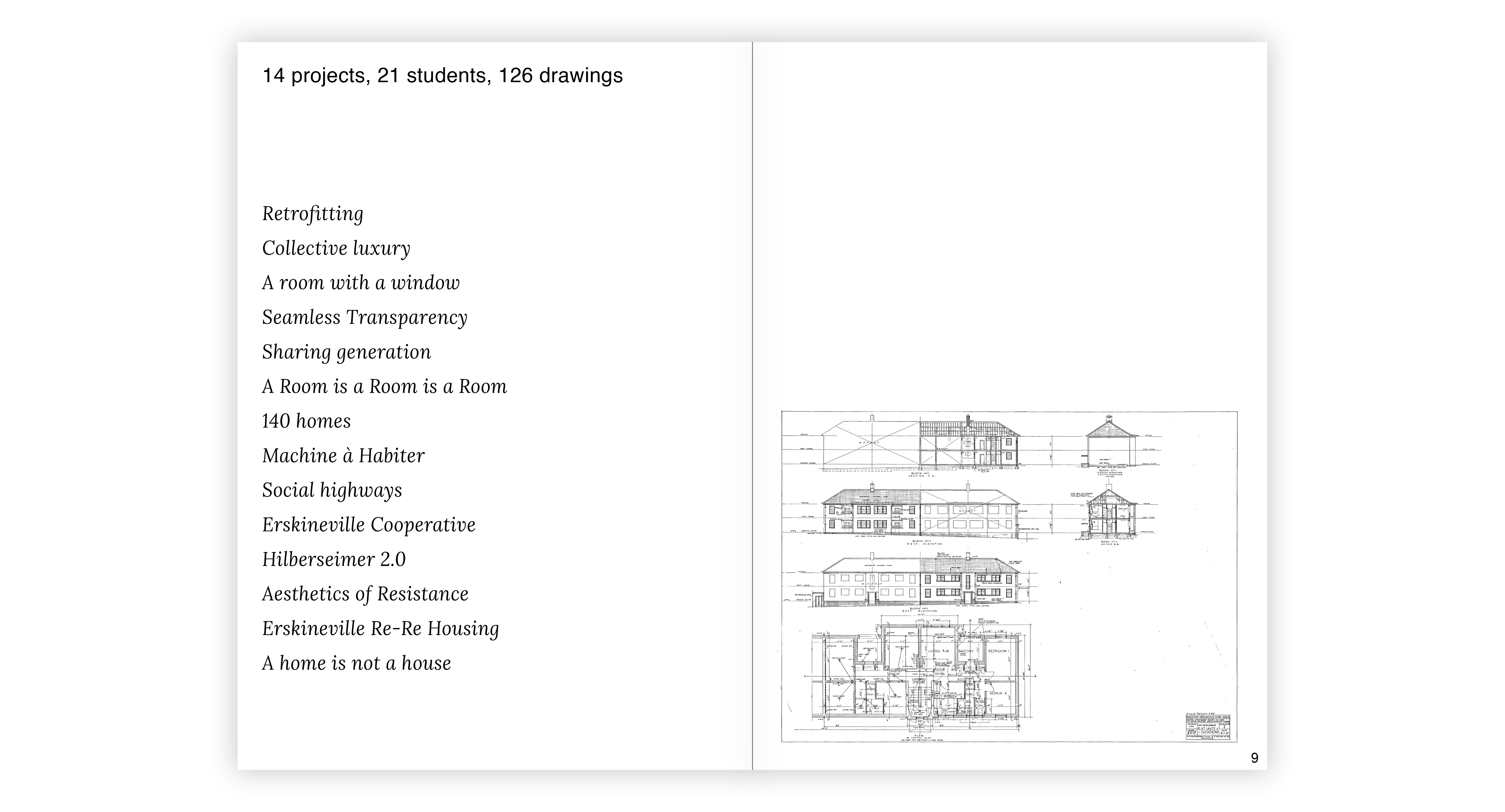



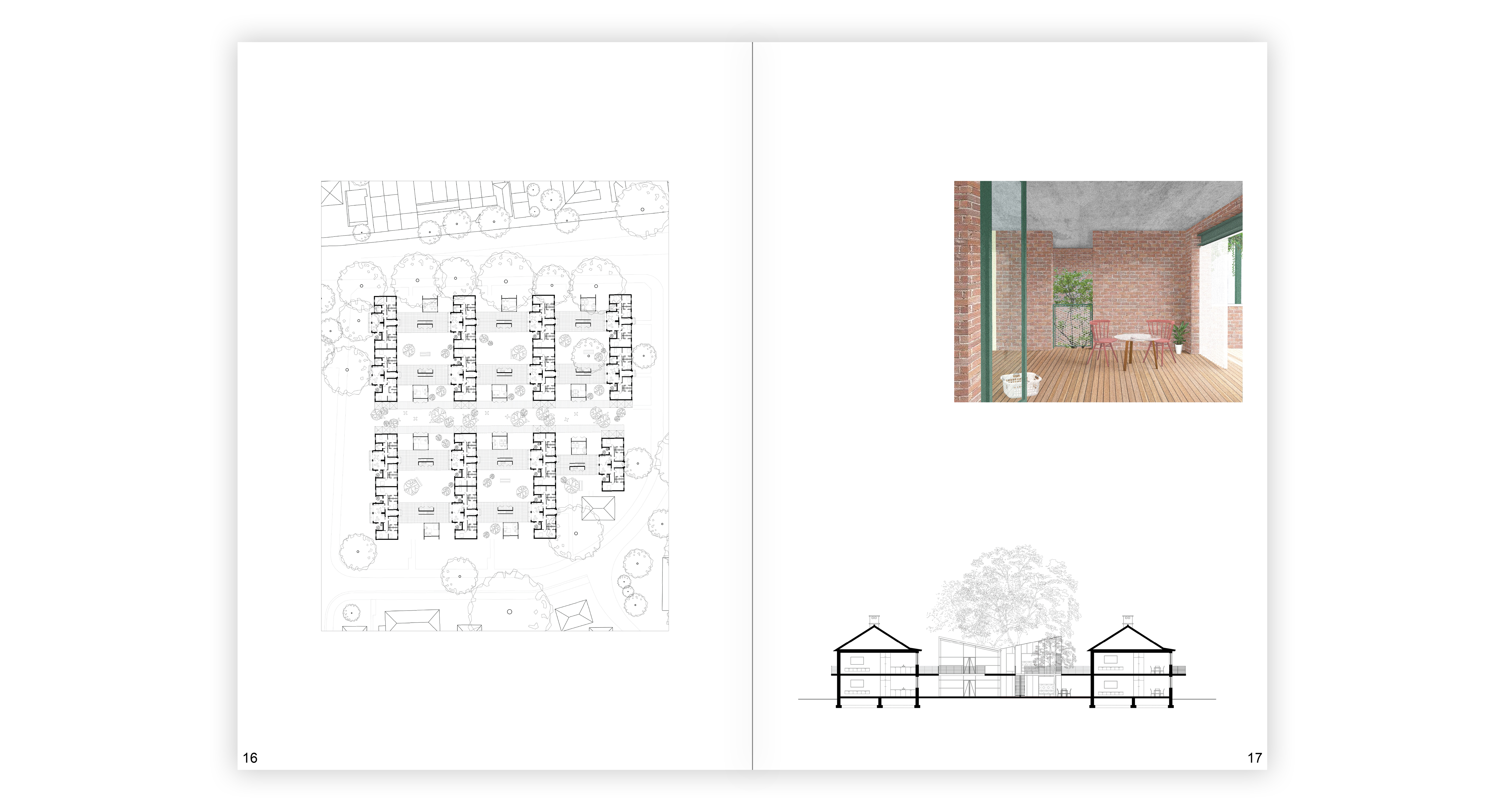
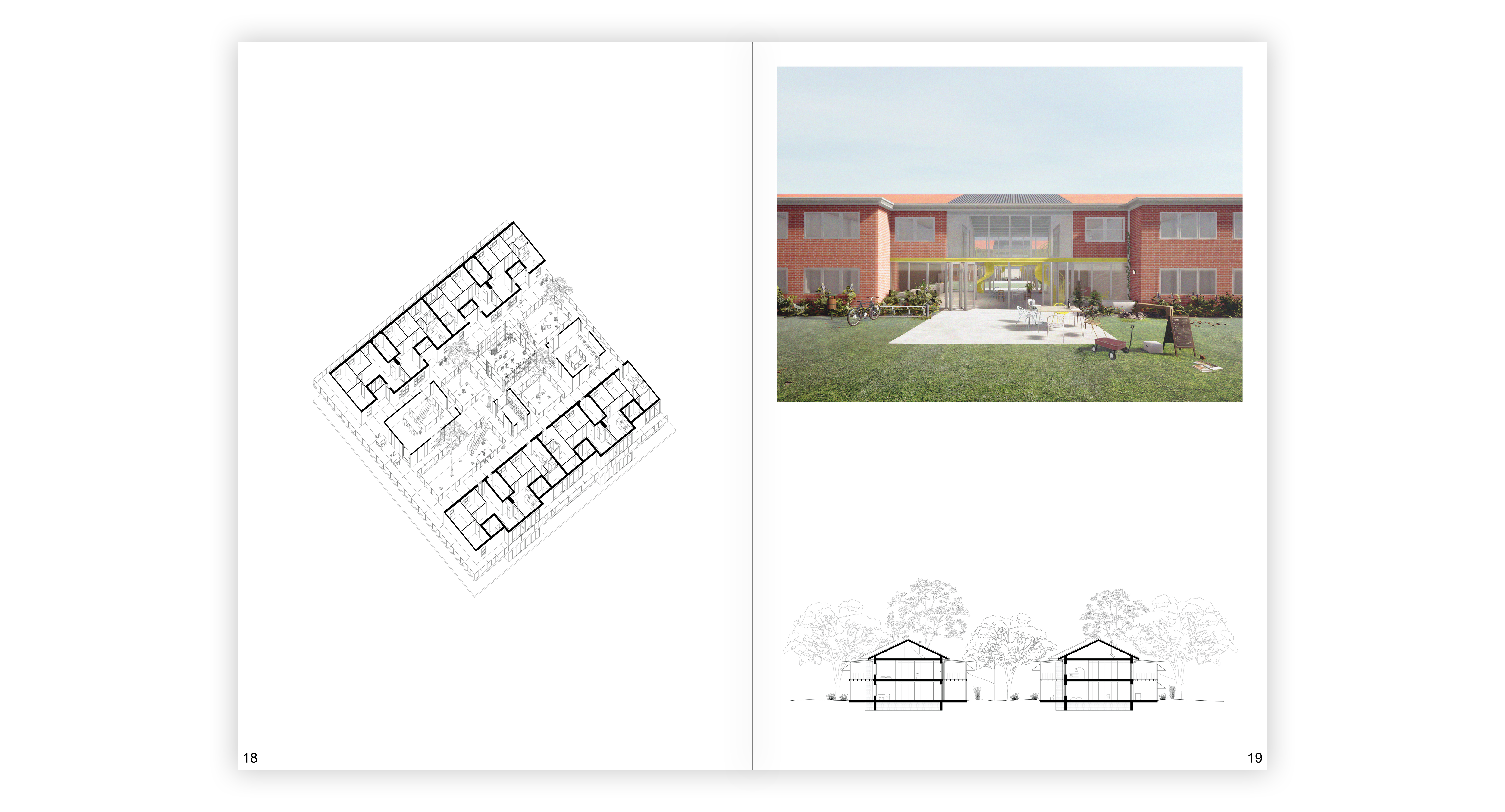
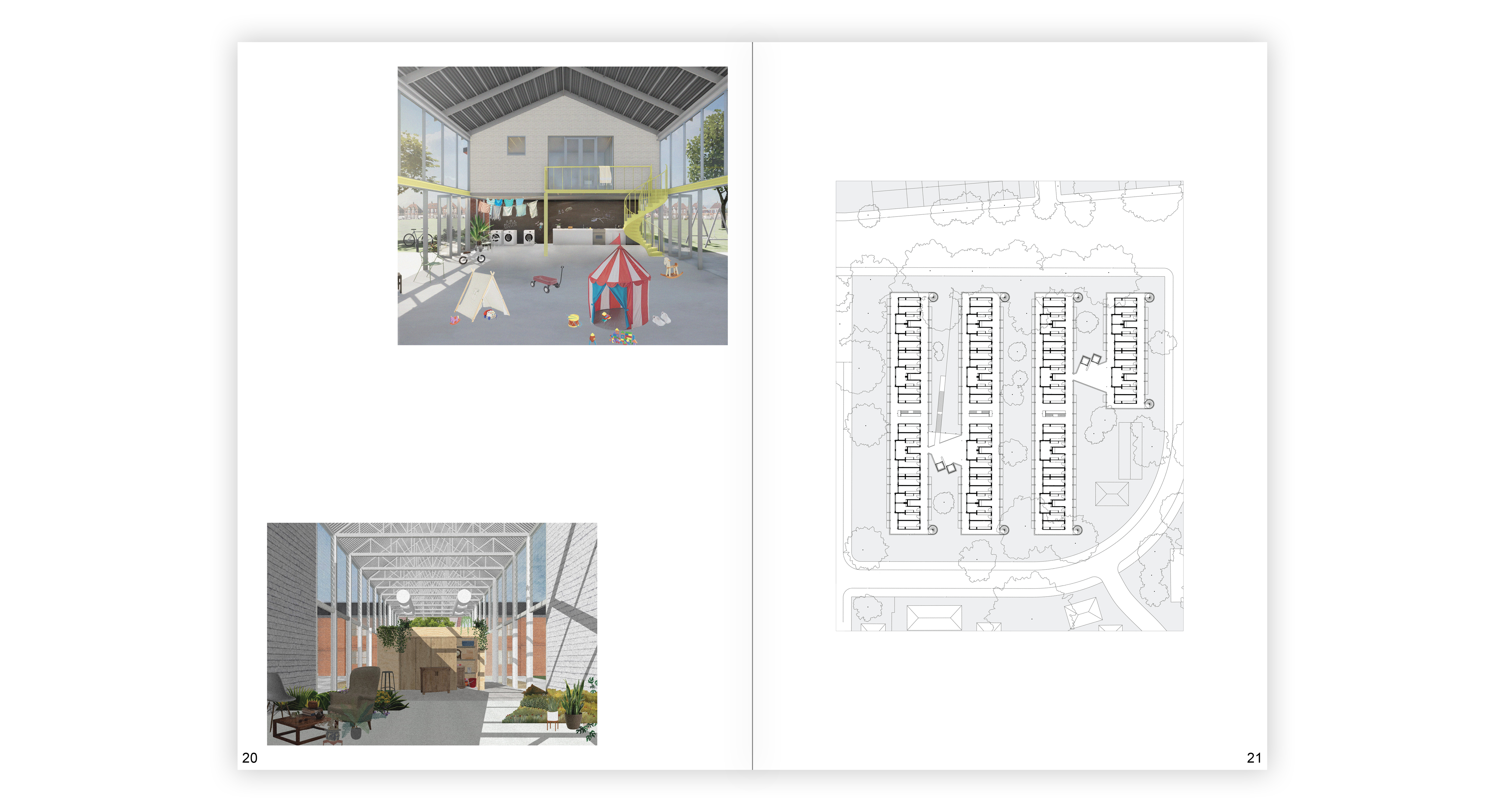


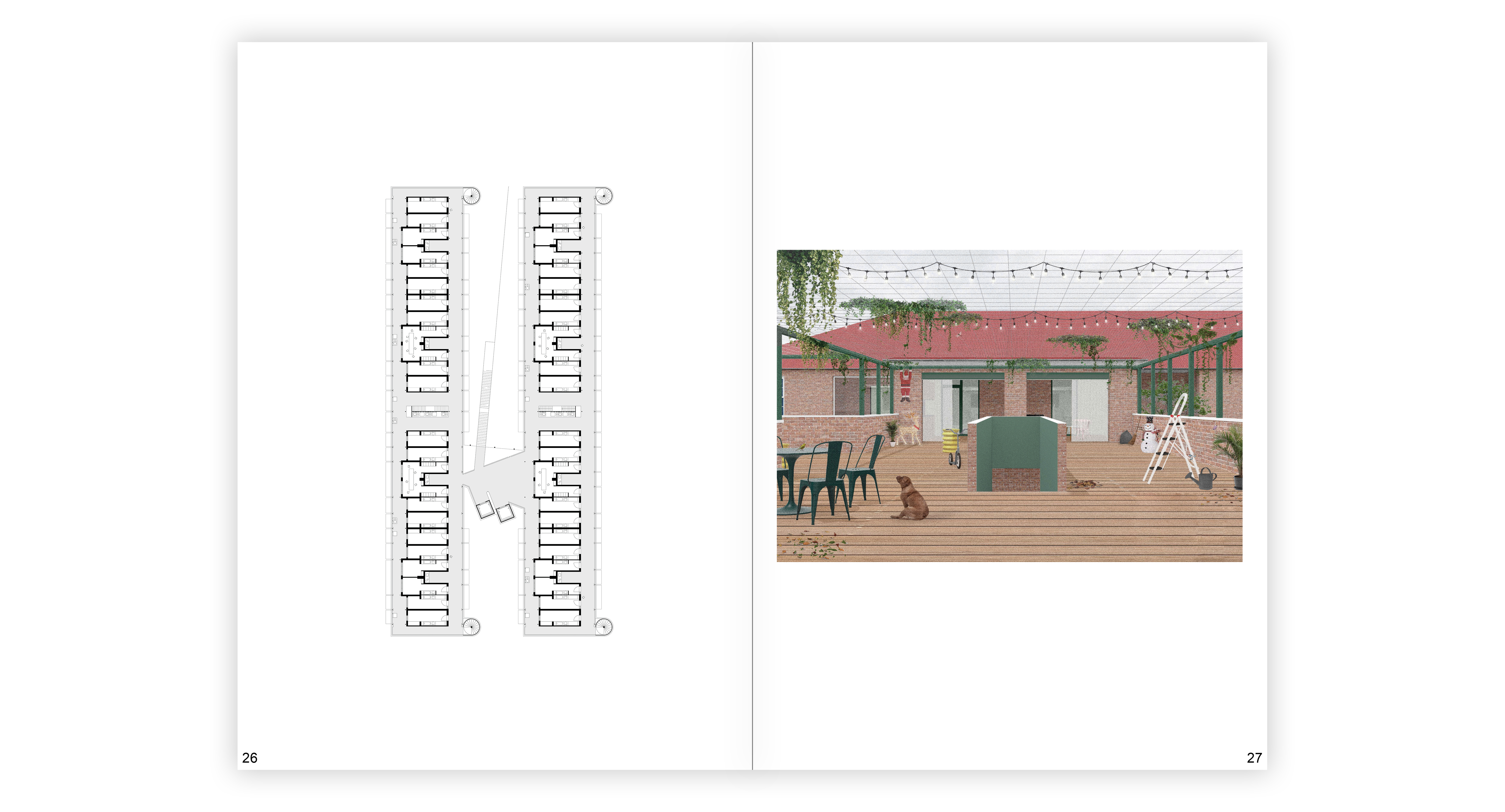


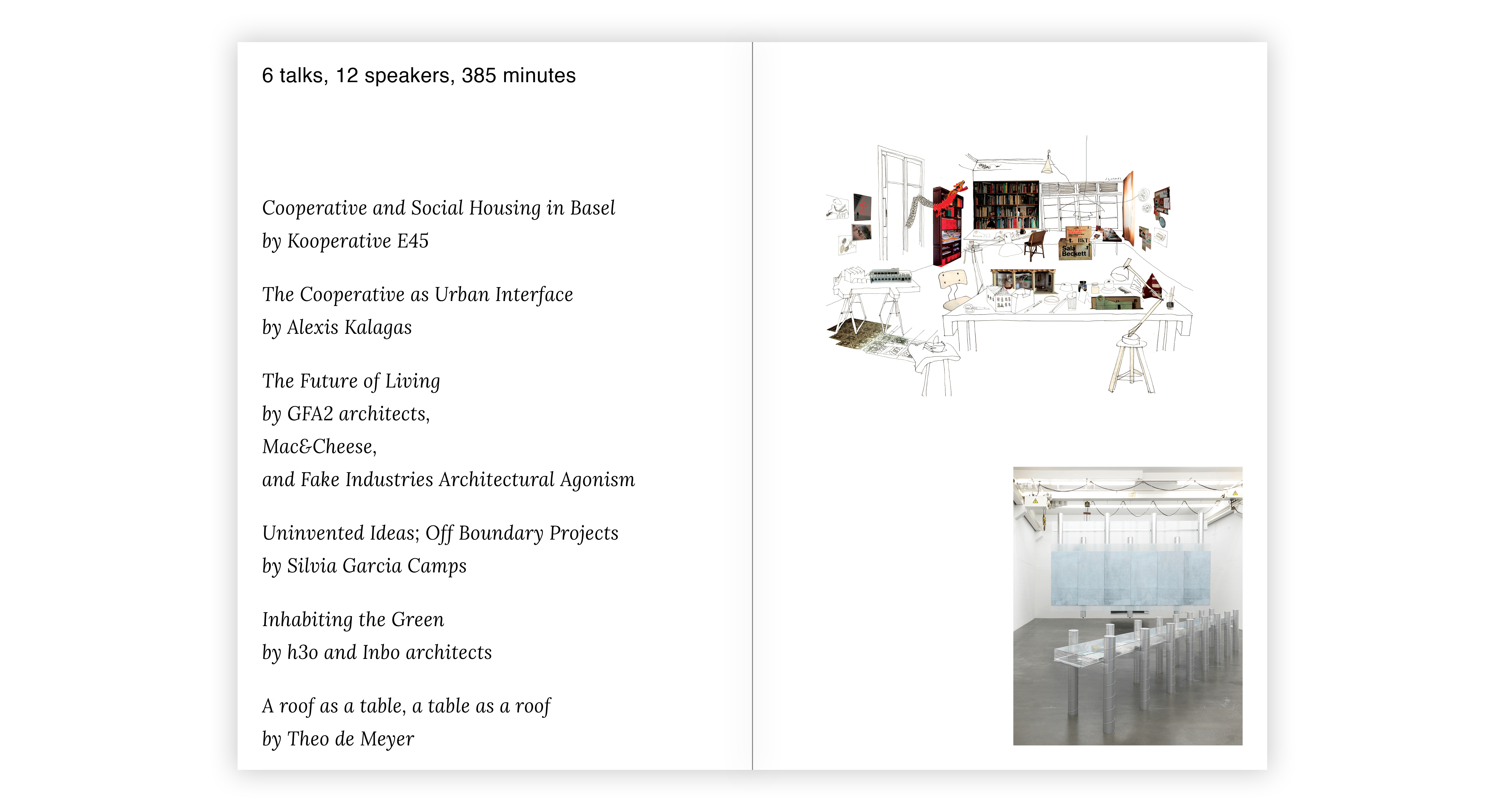
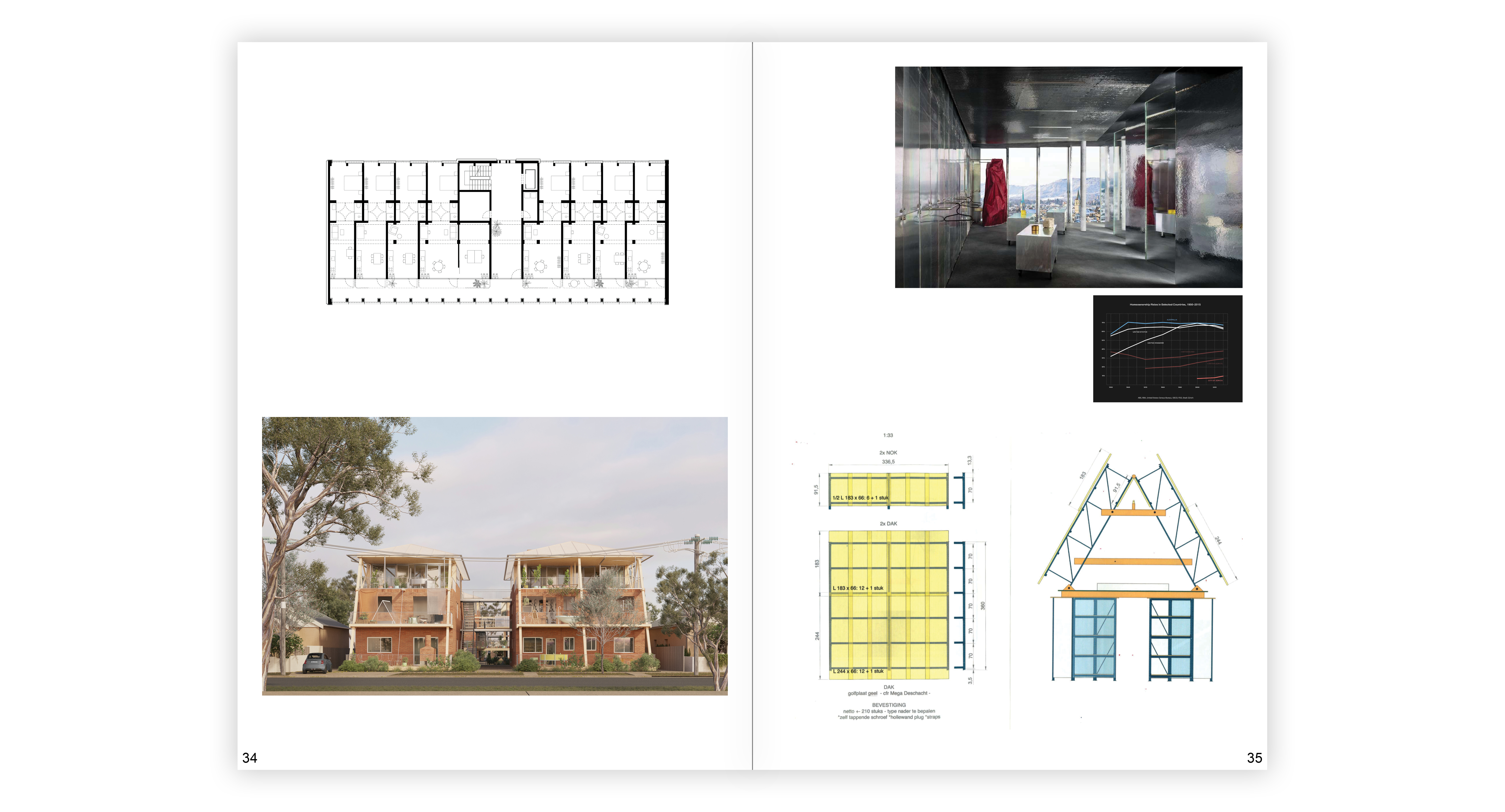
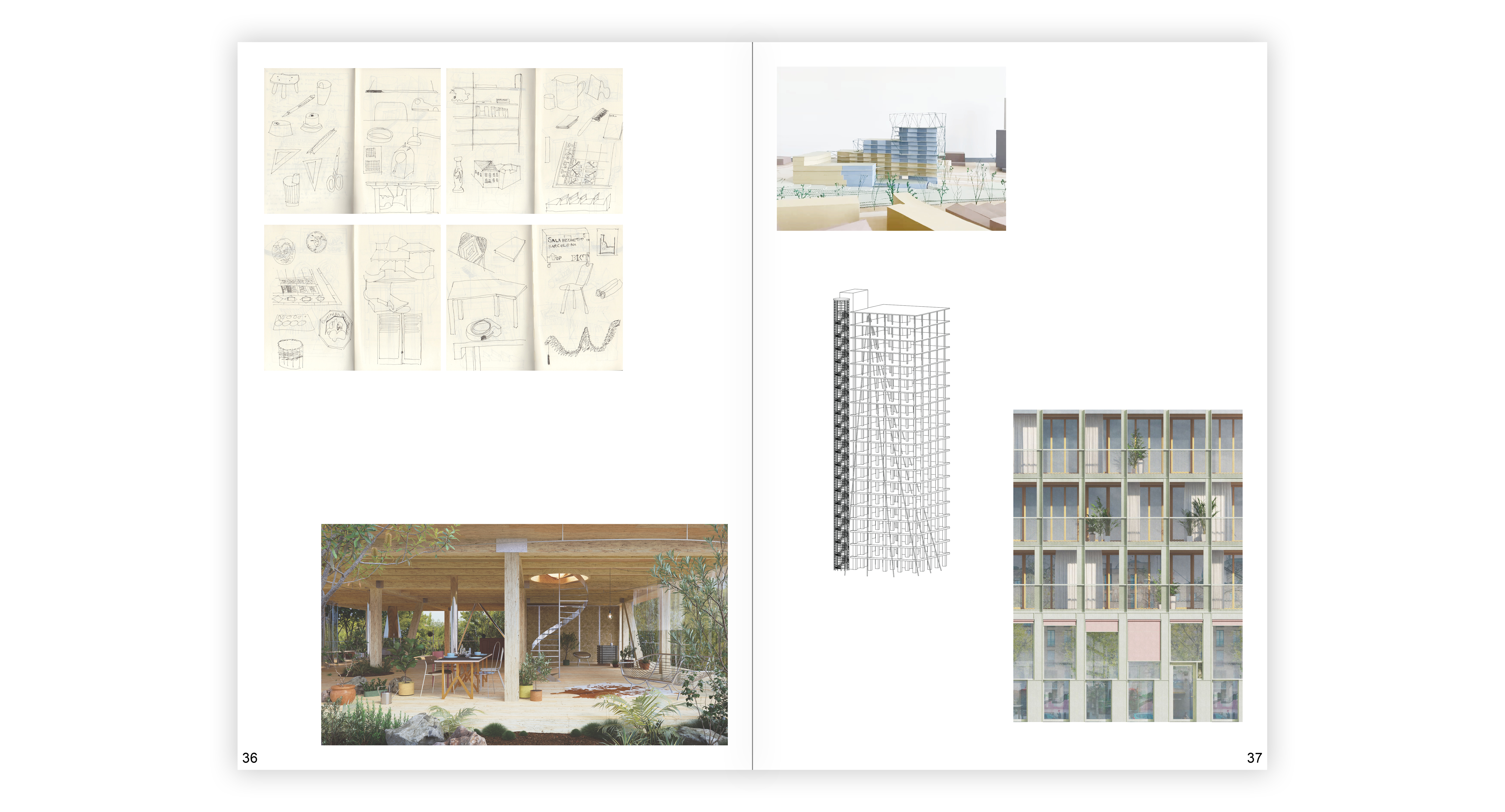

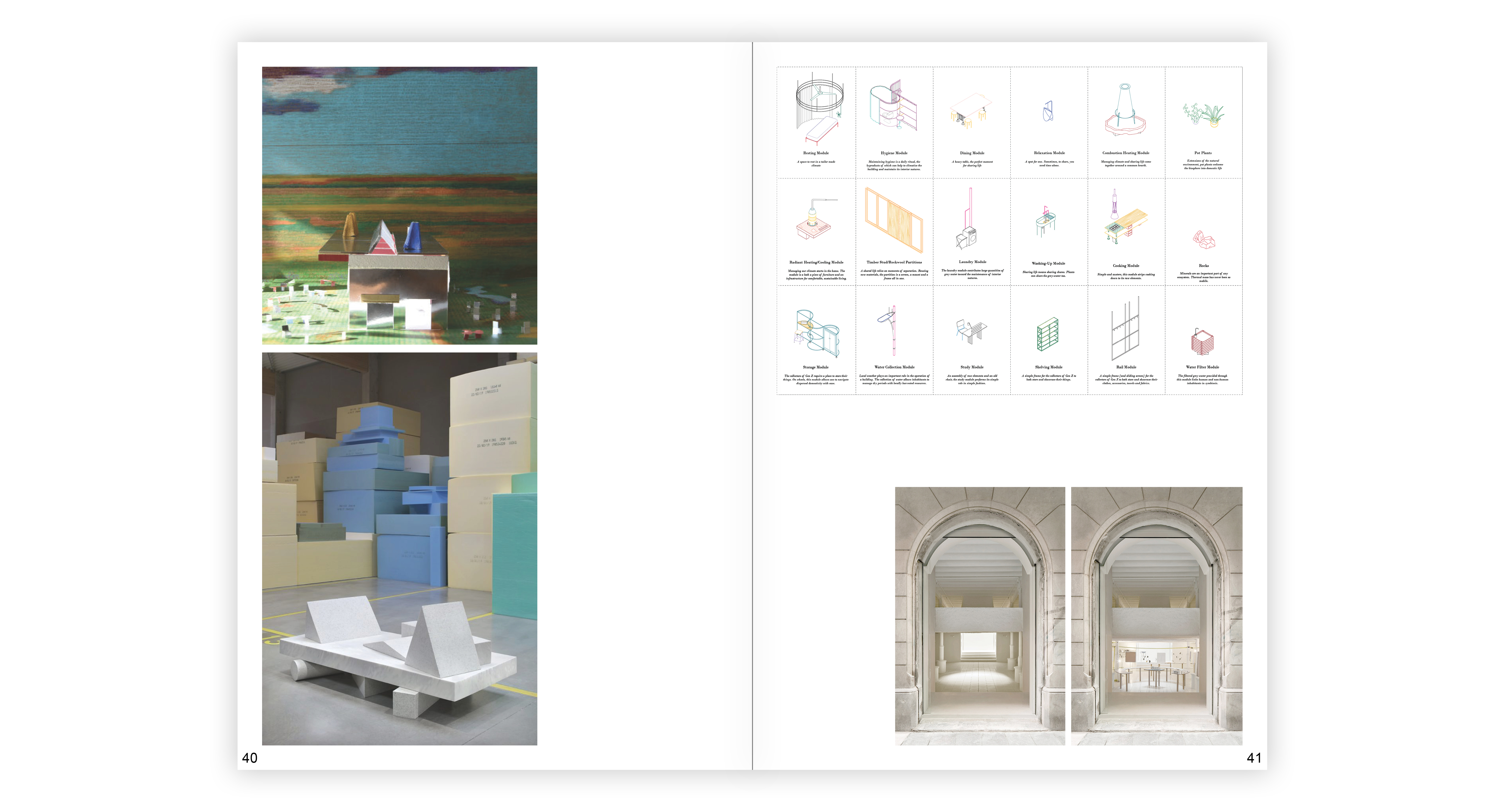

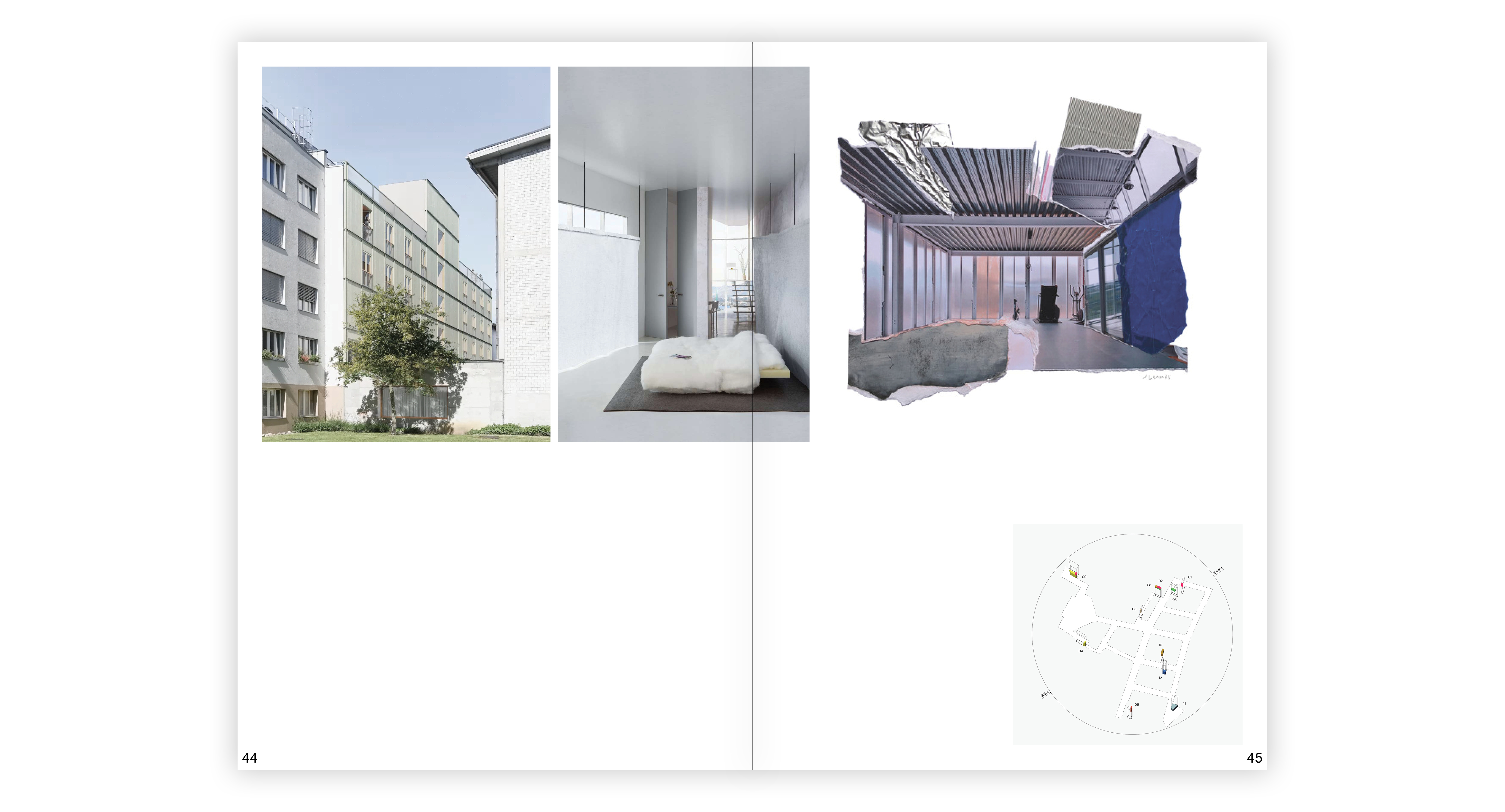
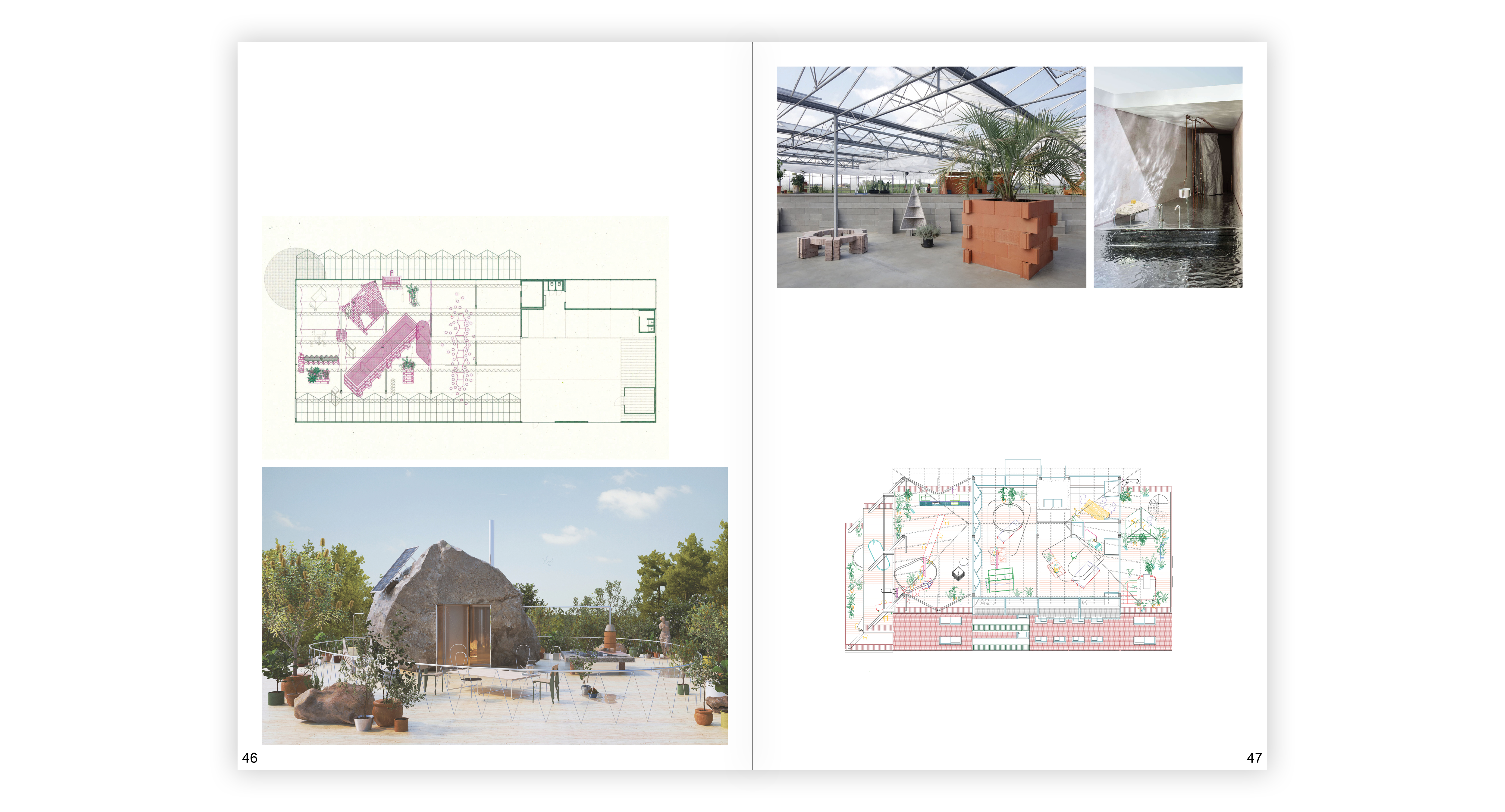


Infrastructures of Resistance, 2021
UTS School of Architecture, Int. Arch. Design Studio
Subject Coordinator: Christina Deluchi
Studio Leader
After World War I the high demand for social housing in many countries around the globe forced nation-states to create public organizations and provide affordable housing to their citizens. Over the 1930 and 1940, various Housing Commissions were established in the different Australian states to re-house war workers and their families.
The majority of the Commission’s new dwellings were multi-residential buildings built in suburban areas and identified as ‘estates’. The political agenda for these estates was to create a potential labour force in strategic areas of suburbia, which would attract and allow for new and expanded industrial settlements in the city, therefore generating new economies.
Since 1970 neo-liberal governments turned strongly against public housing since it started to be seen as a non-profitable and poor financial investment within the new global market. Eventually, most of these estates were politically marginalised and reduced, variously through cessation of new construction, sales of properties and, in the worst cases, programs of demolition, relocating its users to remote areas of the periphery.
Enough time has passed to reveal that the systems that give form to modern citizenship no longer serve the interests of the majority of urban populations. The wealthy elite excerpt immense influence on the political process, putting themselves unaccountable. The sovereignty of nation-states has been forever compromised, and are unable to legislate or regulate multinational corporations.
UTS School of Architecture, Int. Arch. Design Studio
Subject Coordinator: Christina Deluchi
Studio Leader
After World War I the high demand for social housing in many countries around the globe forced nation-states to create public organizations and provide affordable housing to their citizens. Over the 1930 and 1940, various Housing Commissions were established in the different Australian states to re-house war workers and their families.
The majority of the Commission’s new dwellings were multi-residential buildings built in suburban areas and identified as ‘estates’. The political agenda for these estates was to create a potential labour force in strategic areas of suburbia, which would attract and allow for new and expanded industrial settlements in the city, therefore generating new economies.
Since 1970 neo-liberal governments turned strongly against public housing since it started to be seen as a non-profitable and poor financial investment within the new global market. Eventually, most of these estates were politically marginalised and reduced, variously through cessation of new construction, sales of properties and, in the worst cases, programs of demolition, relocating its users to remote areas of the periphery.
Enough time has passed to reveal that the systems that give form to modern citizenship no longer serve the interests of the majority of urban populations. The wealthy elite excerpt immense influence on the political process, putting themselves unaccountable. The sovereignty of nation-states has been forever compromised, and are unable to legislate or regulate multinational corporations.
The need to explore alternative forms of ownership that question hegemonic housing models based on individual property is inherently architectural. Therefore, the studio claims that a new housing institution in Sydney needs to be defined in order to give birth to new ideas of autonomy and emancipation, as an act of political resistance.
Self-managed and collectively owned, this housing institution avoids the possibility of speculation and creates affordable housing where people have a high degree of decision themselves. Furthermore, changes in family structure, work organization, technology, gender, communities and communication are key to discussing and unveiling household alternatives able to open new territories.
Produced by students, academics and practitioners, the selection of images for this publication tries to encourage conversations around new ways of living together, discuss different approaches to the way we need to build (or not) in our cities, explore new aesthetics and collective desires, and construct new domestic landscapes in response to today’s contemporary needs.
The projects shown in this page were developed from students’ homes in the spring of 2021 for the University of Technology Sydney. Their authors are Brooke Carlson, Vittoria Commisso, Elly Conway, Alex Corbett, Lynley Crichton, Siba Farhat, Grace Gillespie, Josiah Guanzon, Jaime Herman, Tina Liu, Yan Lyu, Boris Mandic, Max Mazaraki, Kaitlyn McDonald, Belinda Ong, Georgia Reader, Emily Ryan, Bethany Seeto, Sarah Stirrat, Chang Sun, and Jordan Terzopoulos.
Self-managed and collectively owned, this housing institution avoids the possibility of speculation and creates affordable housing where people have a high degree of decision themselves. Furthermore, changes in family structure, work organization, technology, gender, communities and communication are key to discussing and unveiling household alternatives able to open new territories.
Produced by students, academics and practitioners, the selection of images for this publication tries to encourage conversations around new ways of living together, discuss different approaches to the way we need to build (or not) in our cities, explore new aesthetics and collective desires, and construct new domestic landscapes in response to today’s contemporary needs.
The projects shown in this page were developed from students’ homes in the spring of 2021 for the University of Technology Sydney. Their authors are Brooke Carlson, Vittoria Commisso, Elly Conway, Alex Corbett, Lynley Crichton, Siba Farhat, Grace Gillespie, Josiah Guanzon, Jaime Herman, Tina Liu, Yan Lyu, Boris Mandic, Max Mazaraki, Kaitlyn McDonald, Belinda Ong, Georgia Reader, Emily Ryan, Bethany Seeto, Sarah Stirrat, Chang Sun, and Jordan Terzopoulos.